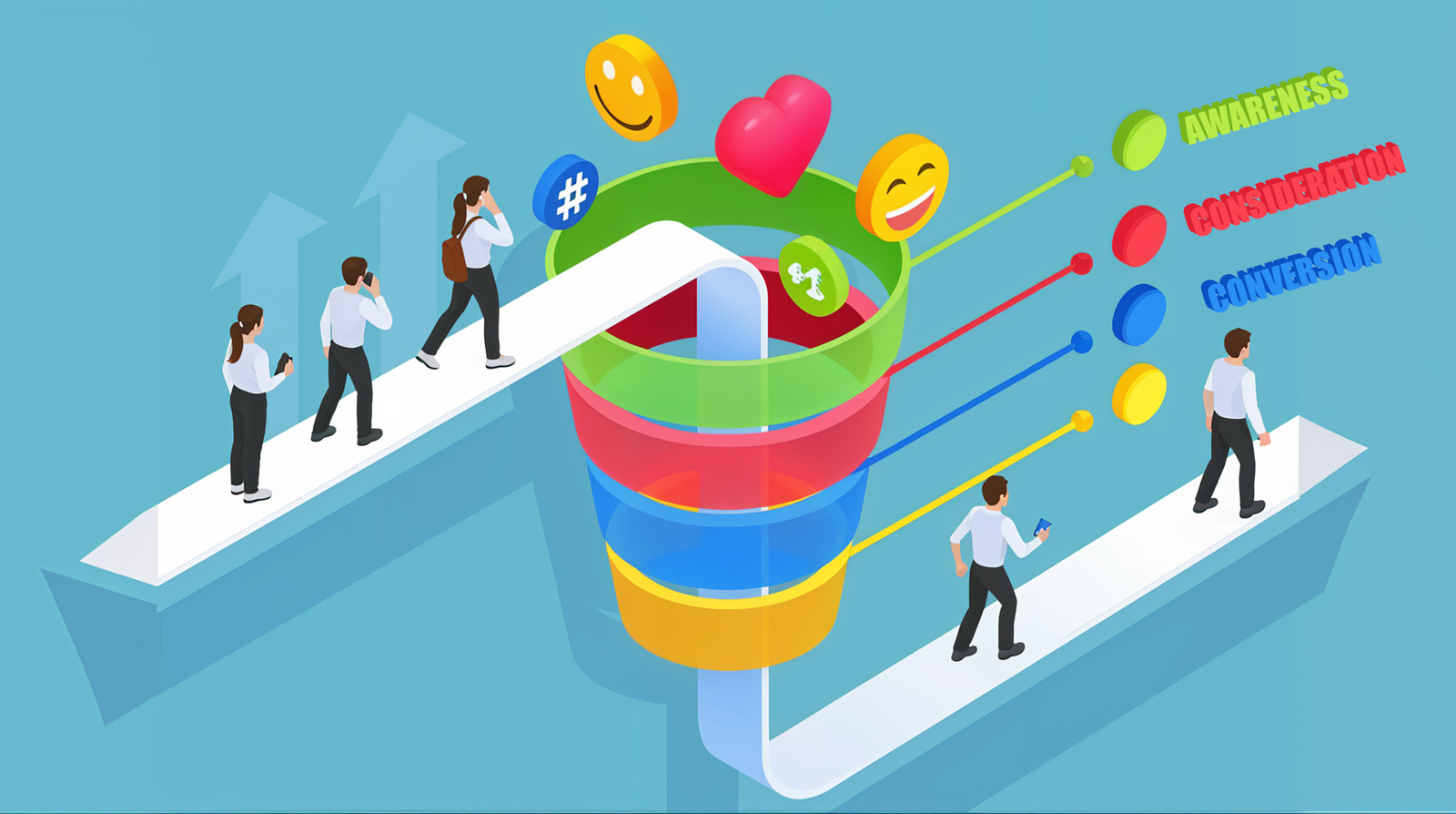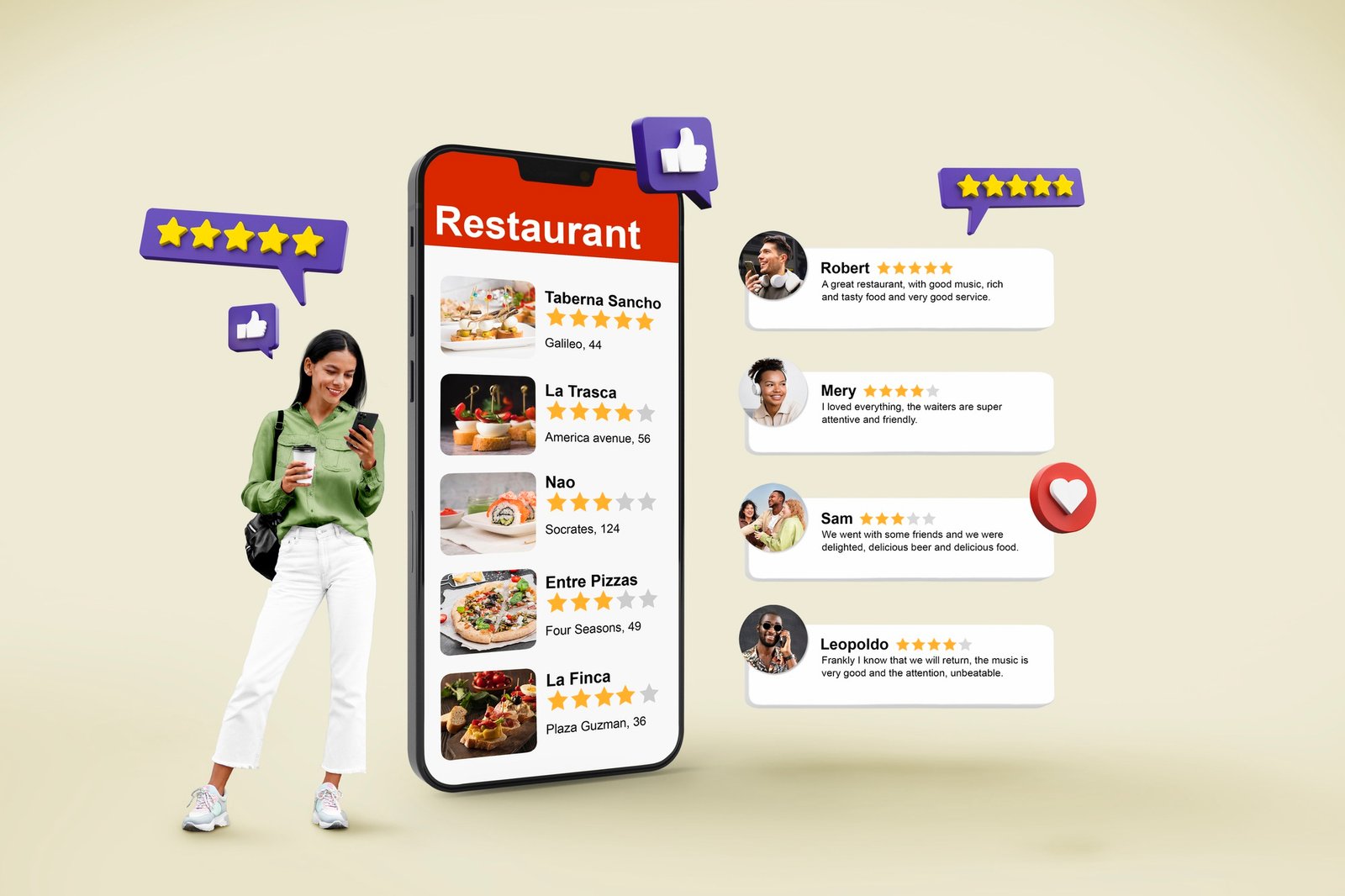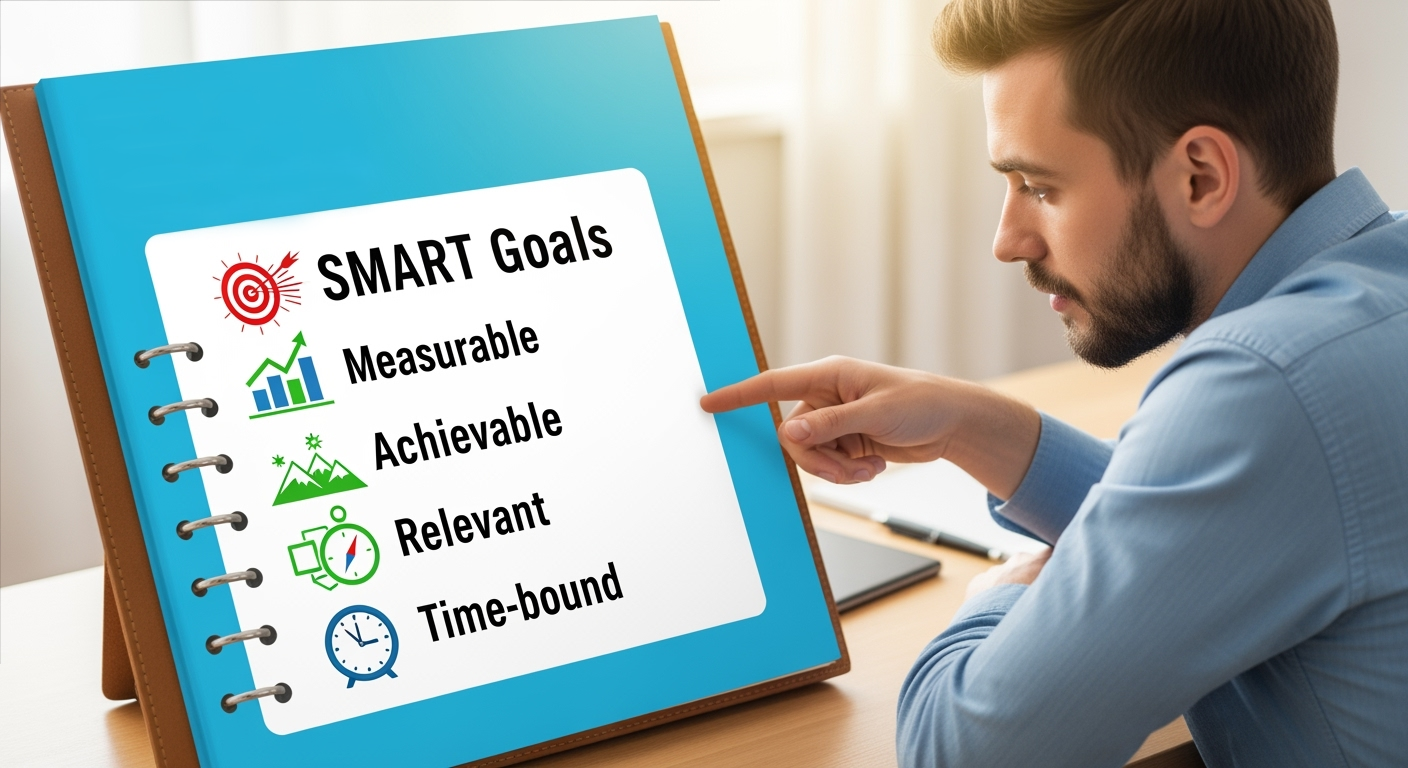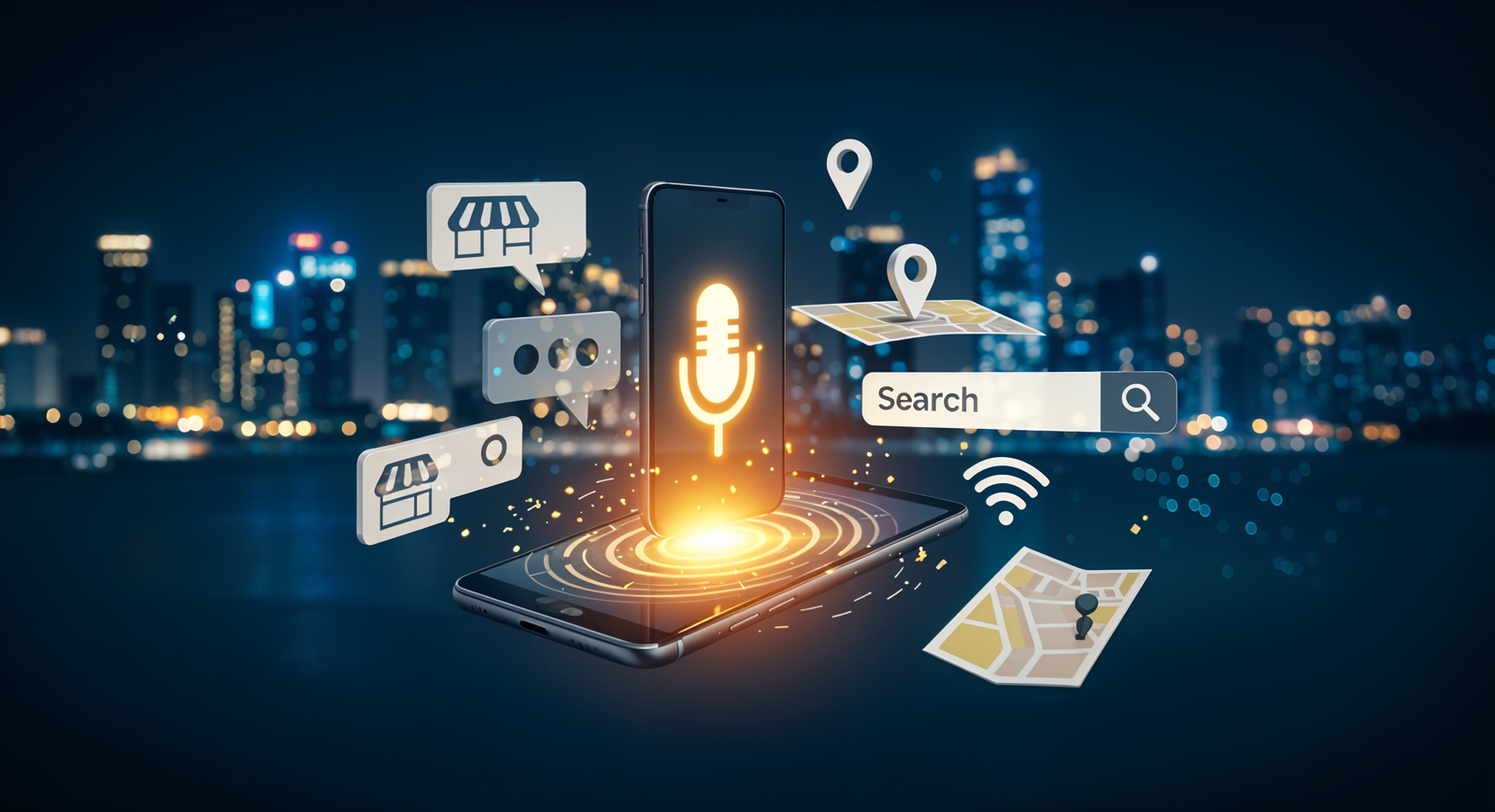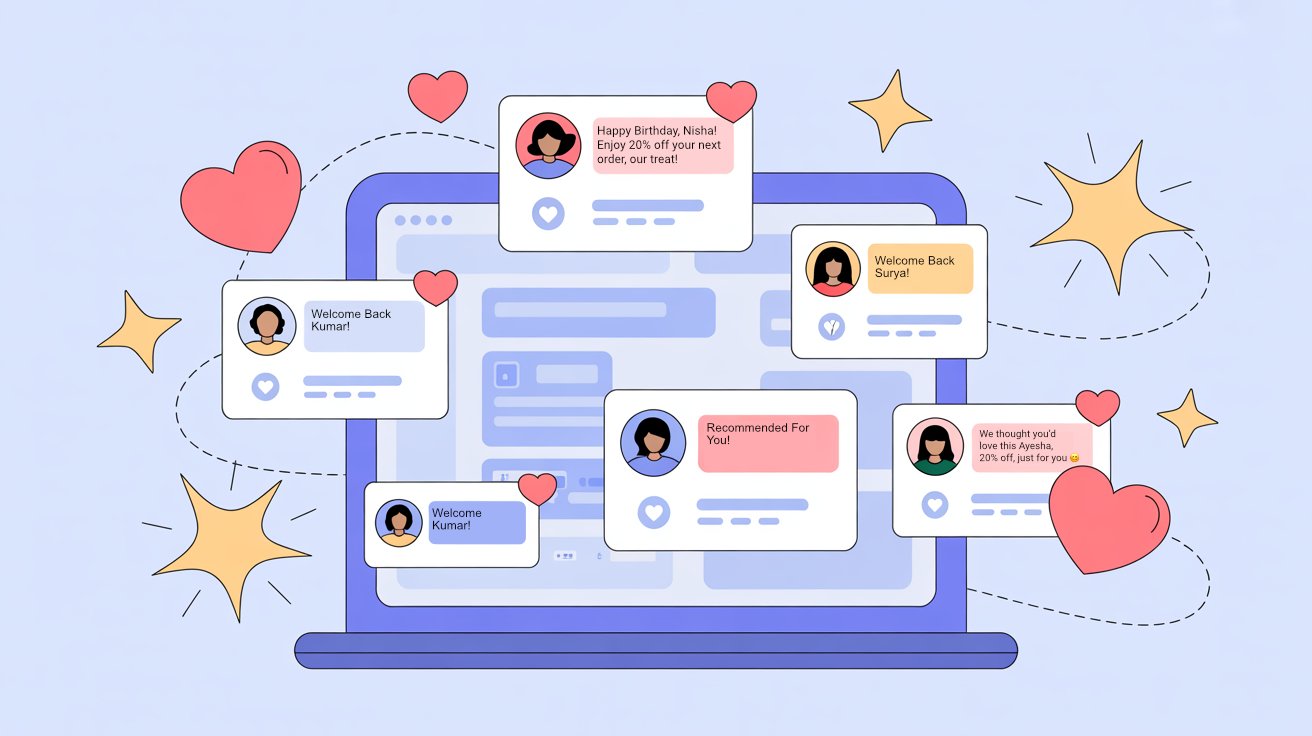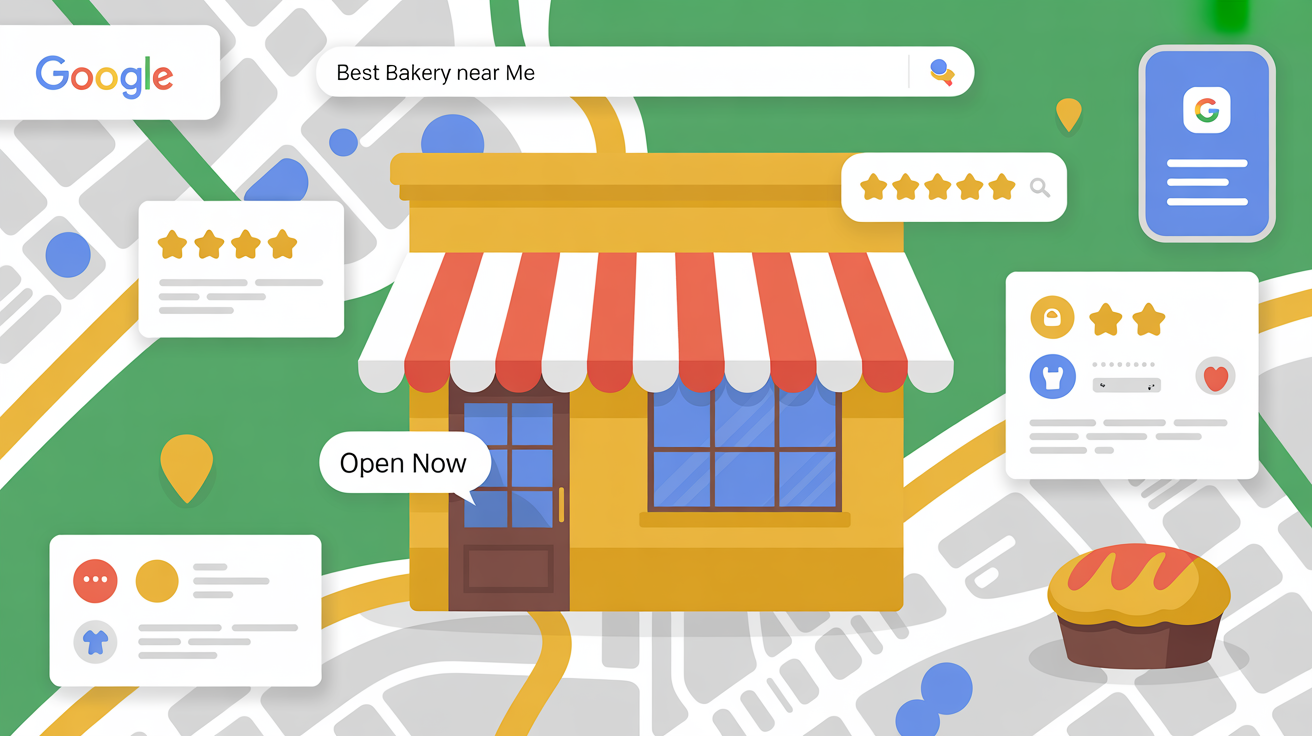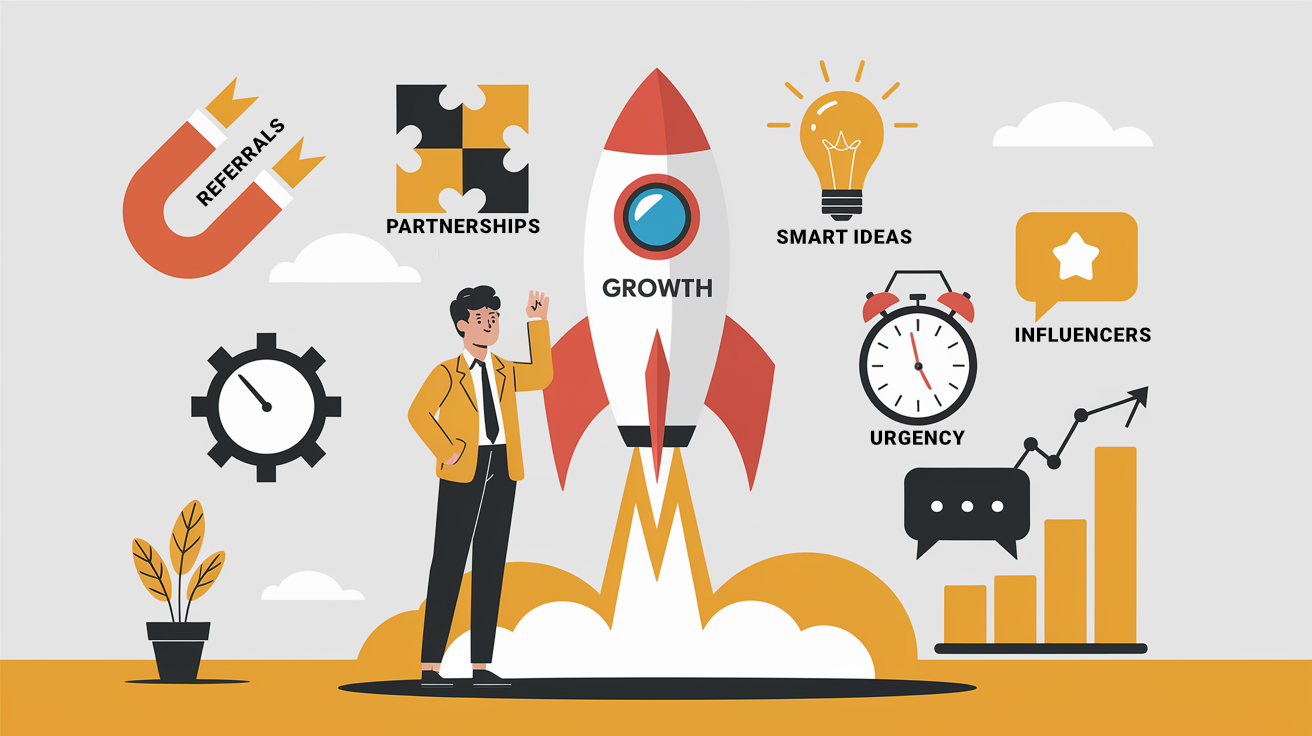From Clicks to Customers: Building a Marketing Funnel That Works for Small Businesses
Do you ever feel like you’re shouting into the void? You’re posting on social media, maybe running a few ads, and getting some website clicks. But those clicks aren’t turning into actual, paying customers. It’s a common frustration for small businesses.
The solution isn’t more random activity; it’s building a system. That system is called a marketing funnel.
Think of a marketing funnel as the journey you guide a potential customer on, from their first interaction with your brand to the final purchase. It’s not a complex theory reserved for giant corporations; it’s a practical roadmap to turn casual interest into loyal customers.
Let’s break it down into three simple stages:
🔍 Top of the Funnel (ToFu): Awareness
This is your first impression. The goal is to attract a wide audience and make them aware of your existence. You’re not going for the hard sell here. Instead, you offer value and visibility.
How to do it:
- Create engaging and shareable social media content
- Write helpful blog posts answering common customer questions
- Optimise your website for local SEO (e.g., “best coffee shop in Podanur”)
- Collaborate with local influencers or host free webinars/events
📌 Goal: Get eyes on your brand. Make people say, “Oh, I’ve heard of them!”
🤝 Middle of the Funnel (MoFu): Consideration
Now that someone has noticed you, it’s time to deepen the relationship. This stage is all about building trust and showing how you can solve their problem. You’re nurturing interest, not pushing a sale.
How to do it:
- Offer a valuable freebie: a checklist, a short e-book, or a special discount
- Capture email addresses using lead magnets on your website
- Start a helpful, value-driven email newsletter
- Share success stories, case studies, or how-to videos
📌 Goal: Keep the conversation going and position your brand as the best solution.
💸 Bottom of the Funnel (BoFu): Conversion
This is the moment of truth. Your potential customer is ready to buy – you just have to make the path clear and compelling.
How to do it:
- Provide strong social proof: reviews, testimonials, or client results
- Offer a free consultation, quote, or product demo
- Run a time-sensitive promotion or exclusive offer
- Use clear CTAs like “Buy Now,” “Book Your Appointment,” or “Claim Your Offer”
📌 Goal: Remove any last friction and give them a reason to act now.
🚀 Why Funnels Work for Small Businesses
- Predictability: You’re no longer hoping people buy – you’re guiding them.
- Efficiency: Each piece of content serves a purpose.
- Better ROI: You’re targeting the right people at the right time with the right message.
You don’t need fancy tools or big budgets to start. A simple funnel – one action for each stage – is enough to begin converting those silent clicks into sales.
🧩 Final Thoughts: Build Smart, Not Loud
Instead of trying to do everything everywhere, focus on doing the right thing at each stage. Understand your customer’s journey, then create touch points that gently guide them toward buying.
A funnel isn’t pushy – it’s strategic. It says, “Here’s how we can help” at every step.
So if your digital efforts feel scattered, start by building this simple funnel. One step at a time.
✅ Awareness → Consideration → Conversion = Customers
And once it’s working? Scale it up. Test, refine, repeat.
💬 Want help creating your marketing funnel? Drop us a message – we’d love to help you map it out

